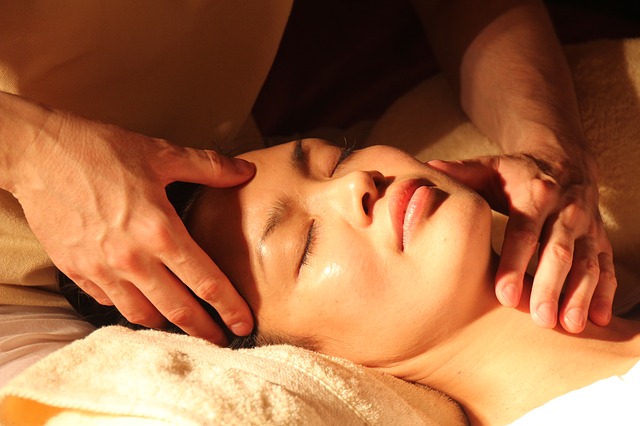Craniosacral therapy (also called CST, also spelled CranioSacral bodywork or therapy) is an alternative medicine therapy used by osteopaths, massage therapists, naturopaths, chiropractors, and occupational therapists.
A craniosacral therapy session involves the therapist placing their hands on the patient, which they say allows them to tune into what they call the craniosacral system.
The practitioner gently works with the spine and the skull and its cranial sutures, diaphragms, and fascia.
In this way, the restrictions of nerve passages are said to be eased, the movement of cerebrospinal fluid through the spinal cord is said to be optimized, and misaligned bones are said to be restored to their proper position.
Craniosacral therapists use the therapy to treat mental stress, neck and back pain, migraines, TMJ Syndrome, and for chronic pain conditions such as fibromyalgia.
Several studies have reported that there is little scientific support for major elements of the underlying theoretical model, which has not been rigorously analyzed.
Treatment
The therapist lightly palpates the patient’s body, and focuses intently on the communicated movements. A practitioner’s feeling of being in tune with a patient is described as entrainment.
Patients often report feelings of deep relaxation during and after the treatment session, and may feel light-headed.
While sometimes thought to be caused by an increase in endorphins, research shows the effects may actually be brought about by the endocannabinoid system.
There are few reports of adverse events from CST treatment. In one study of craniosacral manipulation in patients with traumatic brain syndrome, the incidence of adverse effects from treatment was 5%.






